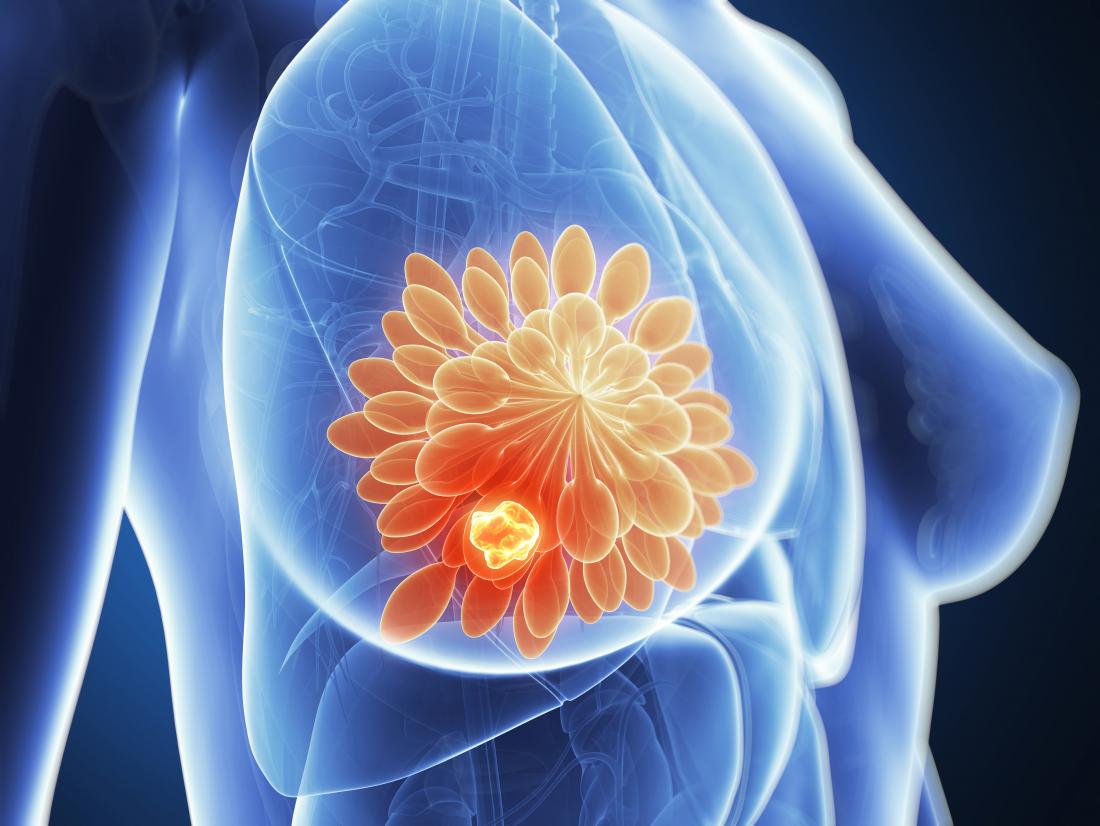
Breast cancer tumors need fibroblast cells from the surrounding breast tissue to grow and spread to other parts of the body.
Neta Erez, a senior lecturer in the department of pathology at the Sackler Faculty of Medicine, Tel Aviv University in Israel, is the first author of the new paper that details a novel tumor growth mechanism in breast cancer.
As the scientists note in their study, breast cancer is still “one of the leading causes of cancer-related deaths in women in the Western world,” despite the intense research efforts in the medical community and public awareness campaigns.
Indeed, in the United States, breast cancer remains the most common cause of cancer-related death among women of all races and ethnicities.
The new research by Prof. Erez and colleagues uncovers a mechanism that may explain why some people have poorer outlooks than others after receiving a cancer diagnosis. This mechanism, the authors explain, involves fibroblasts — cells that enable tumor growth, despite not being cancerous themselves.
In the case of breast cancer, these fibroblasts help cancer cells proliferate by driving inflammation and helping to form blood vessels that deliver oxygen- and nutrient-rich blood to the growing tumors.
Until now, scientists thought that most of these cells came just from the surrounding breast tissue, but the new research by Prof. Erez and her colleagues shows that many of these fibroblasts actually derive from bone marrow cells.
Findings replicated in human breast tumors
The researchers studied a mouse model of breast cancer and found that a significant proportion of “cancer-associated fibroblasts” came from so-called mesenchymal stromal cells — that is, “spindle-shaped” bone marrow cells that have the capacity to differentiate into other cells, such as the ones forming bone, muscle, cartilage, or connective tissue.
However, in the case of breast cancer, Prof. Erez and team found that the tumors can “recruit” these mesenchymal stromal cells from the bone marrow and make them differentiate into fibroblasts — which, in turn, help tumors to grow further.
The new research revealed additional nuances. For instance, it found that, unlike other cancer-associated fibroblasts, the ones derived from bone marrow cells do not have a signaling protein called PDGFRα.
However, the cells compensate for this lack by over-producing a protein called clusterin. This protein helps the tumors produce more blood vessels and multiply much faster than those that are exclusively fuelled by fibroblasts from nearby breast tissue.
Importantly, the scientists replicated their findings in human breast cancer tissue. They found that human breast cancer tumors also have PDGFRα-deprived fibroblasts, which led the researchers to believe that these fibroblasts may have also come from bone marrow cells.
Finally, breast cancer tumors with lower levels of the signaling protein PDGFRα were more likely to die from cancer.
The authors conclude that the findings “may have important implications for patient stratification and precision therapeutics.”
Prof. Erez also comments, “Our study shows that the recruitment of bone marrow-derived fibroblasts is important for promoting tumor growth, likely by enhancing blood vessel formation.”
“Understanding the function of these cancer-associated fibroblasts could form the basis of developing novel therapeutic manipulations that co-target bone marrow-derived fibroblasts as well as the cancer cells themselves.”
Prof. Neta Erez

